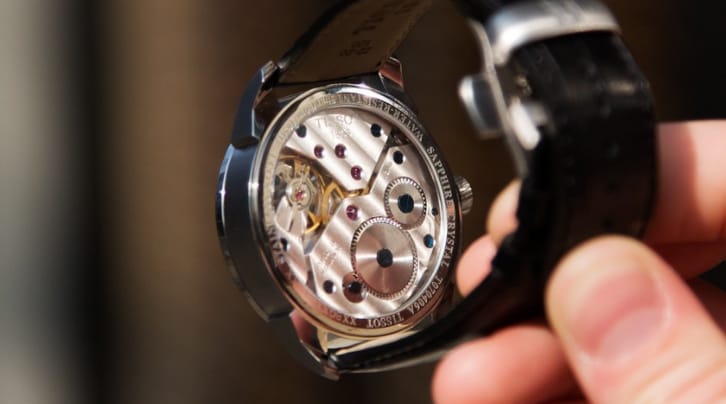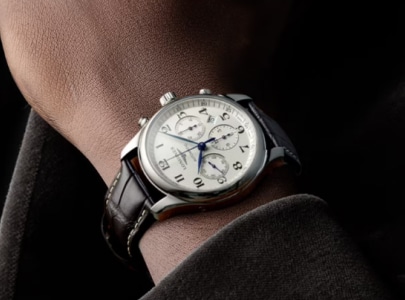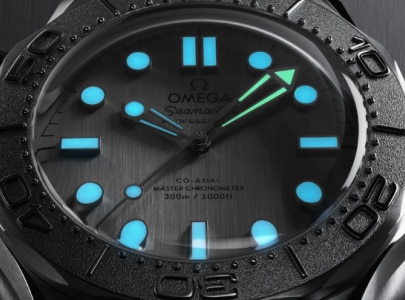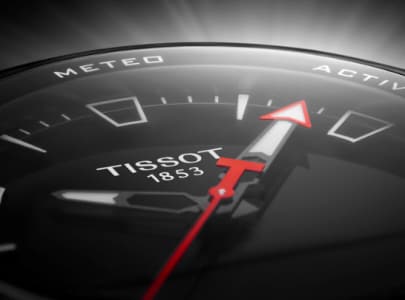The subject of Swiss quality is so vast that some enthusiasts have devoted their lives and thousands of pages to it.
To give a brief summary: in the 16th century, countless French protestants, fleeing religious persecution, settled in Switzerland, taking their watch-making expertise with them.
At the same time, Geneva boasted a goldsmith tradition dating back to the Middle Ages.
The combination of these two factors provided the building blocks of a craft that has become one of the most reputed in the world. This craft, developed in many Swiss cities (among them Geneva, Le Locle and La Chaux-de-Fonds) was first brought to Europe by means of various trade fairs, before being exported to the rest of the world.
Little by little, Swiss towns and villages began to specialise in watch faces, hands, balance wheels, gears, springs and glass, while others took care of the assembly process, either for themselves or third parties based in England and France in particular.
Originally, Swiss watch making was a completely scattered process involving many different chains of subcontractors. Watch makers capable of producing every component required to make a watch were rare. More often than not, marriages or partnerships between families made it possible for watch makers to join forces, first as artisans, then later on an industrial scale.
These partnerships, alongside the rise of capitalism and the concentration of wealth it brought, gave birth to the first watch manufacturers, which were very different to the watch brands and houses of today.
Founded in 1860 in Saint-Imier, Longines is one of the oldest examples of these watch manufacturers.
At first glance, it’s not always easy for horology enthusiasts to identify the difference between traditional manufacturers and modern brands. Originally, a watch manufacturer was a company that controlled the design and production of a watch from A-Z, i.e. without using any subcontractors for the components of the movement, strap, case, face or hands of the watch.
This recent development emerged in the 20th century mainly for commercial reasons. These days, it is rare for a company to be able to claim it manufactures 100% of its timepieces.
In fact, the unanimous view among watch specialists is that it isn’t actually possible. The meaning of the term “manufacturer” has therefore evolved. Today it’s used to refer to a company that develops, assembles and distributes all of its own calibres in house.
More specifically, a brand that makes the majority of its watch components in its own workshops (including the parts, movement, face and case) before assembling the watch and checking it works correctly, can be referred to as a manufacturer.
In any case, the term is overused nowadays, given that most watches are no longer made by hand. The term “manufacturers” can now be used to refer to both traditional workshops and factories in which machines produce a large proportion of the components.
A manufacturer is now commonly permitted to buy some of its movements, complication modules, straps, springs or glass from specialised subcontractors, some of which it may be affiliated or in close commercial partnerships with (as in the case of watch making groups).
Swatch Group is one of the few – if not the only – in the world to produce and manufacture 100% of its watch components in Switzerland.
Keen to protect their industry and customers, the Swiss have created the “Swiss Made” label, which ensures that the product you buy has been manufactured and assembled in Switzerland.
To earn this label, 60% of the manufacturing costs of a watch and the main part of the manufacturing process must be carried out in Switzerland.
This label originates from the Geneva hallmark, which was created to give timepieces made by the city's watchmakers a mark of quality and to prevent counterfeiting.
The hallmark exists to this day. By the end of the 19th century, the protection of Swiss products became more widespread and the “Swiss Made” label appeared for the first time.
But it wasn’t until 1971 that the label gained legal protection for use with Swiss watches.
To this day, it remains the most legitimate mark of assurance for the provenance and quality of a timepiece.



